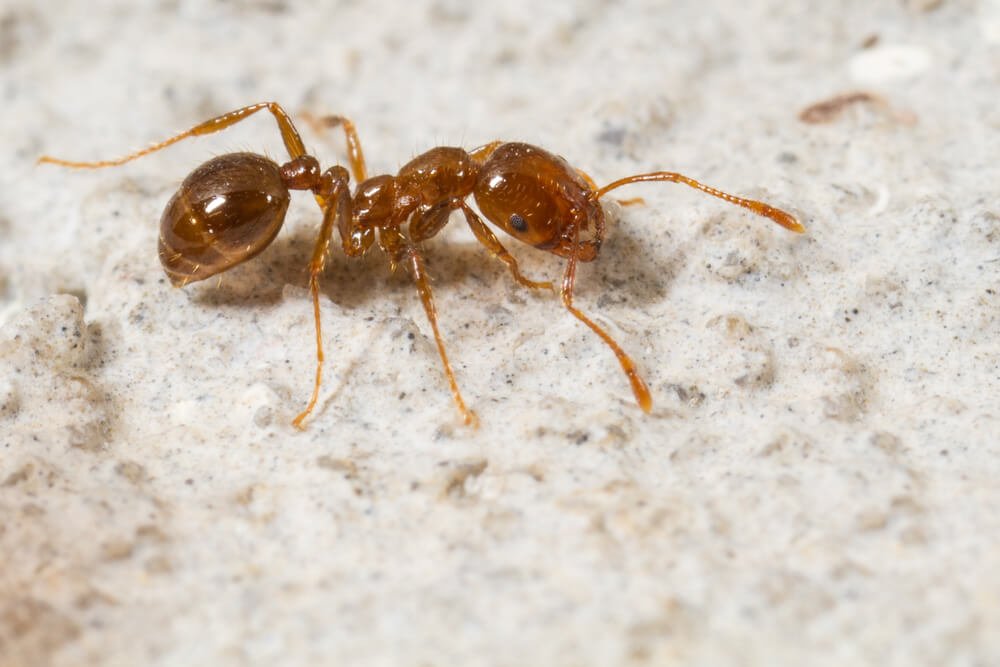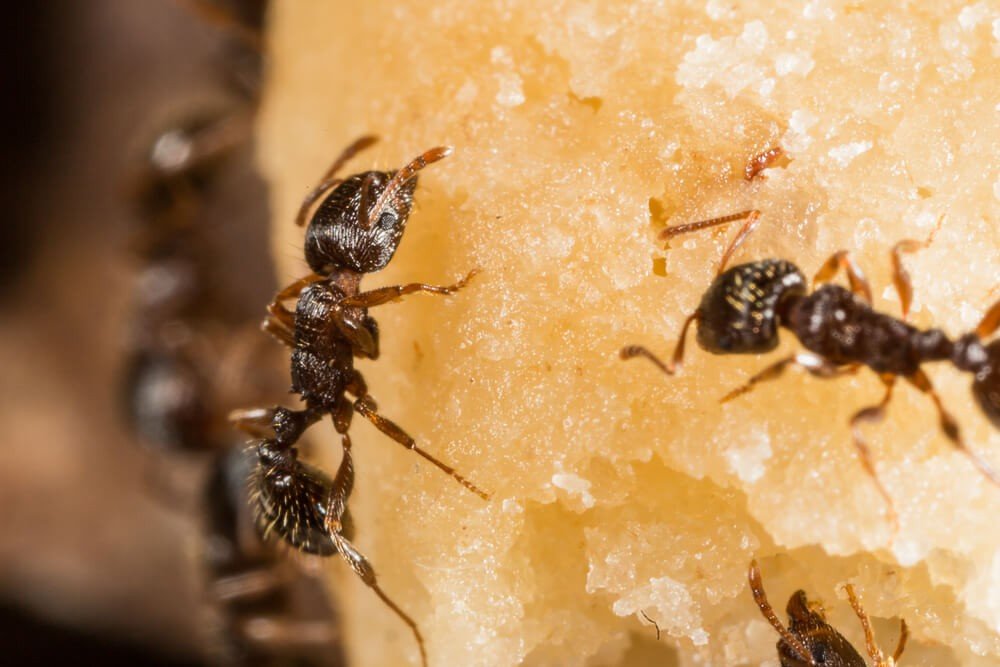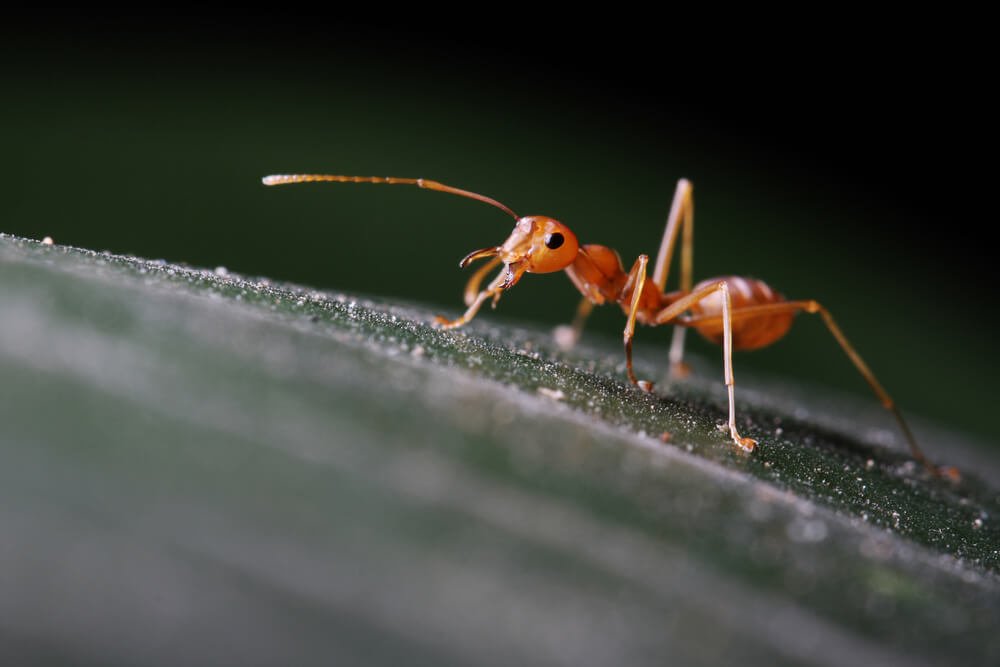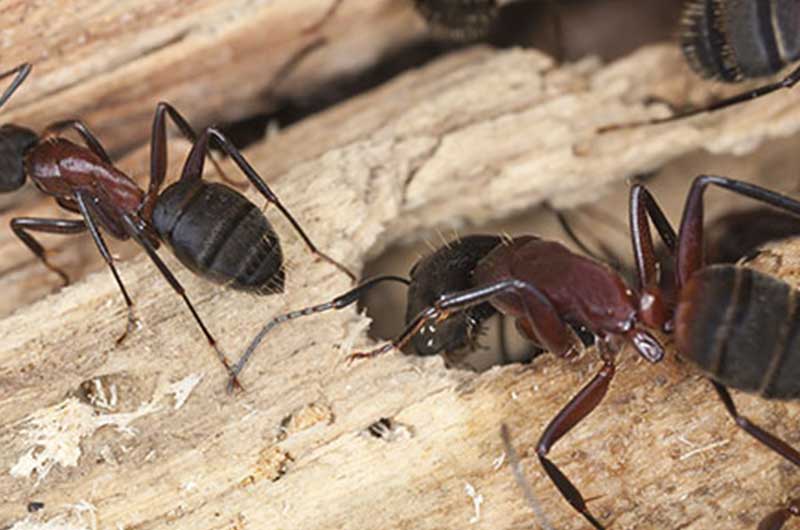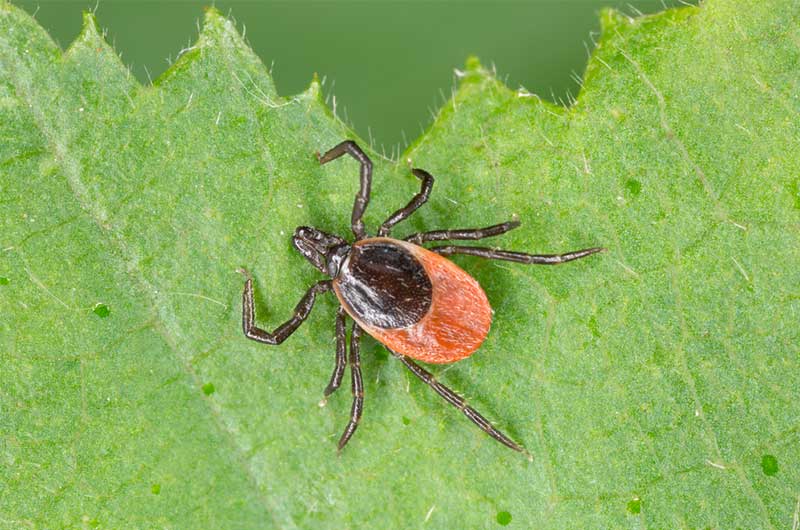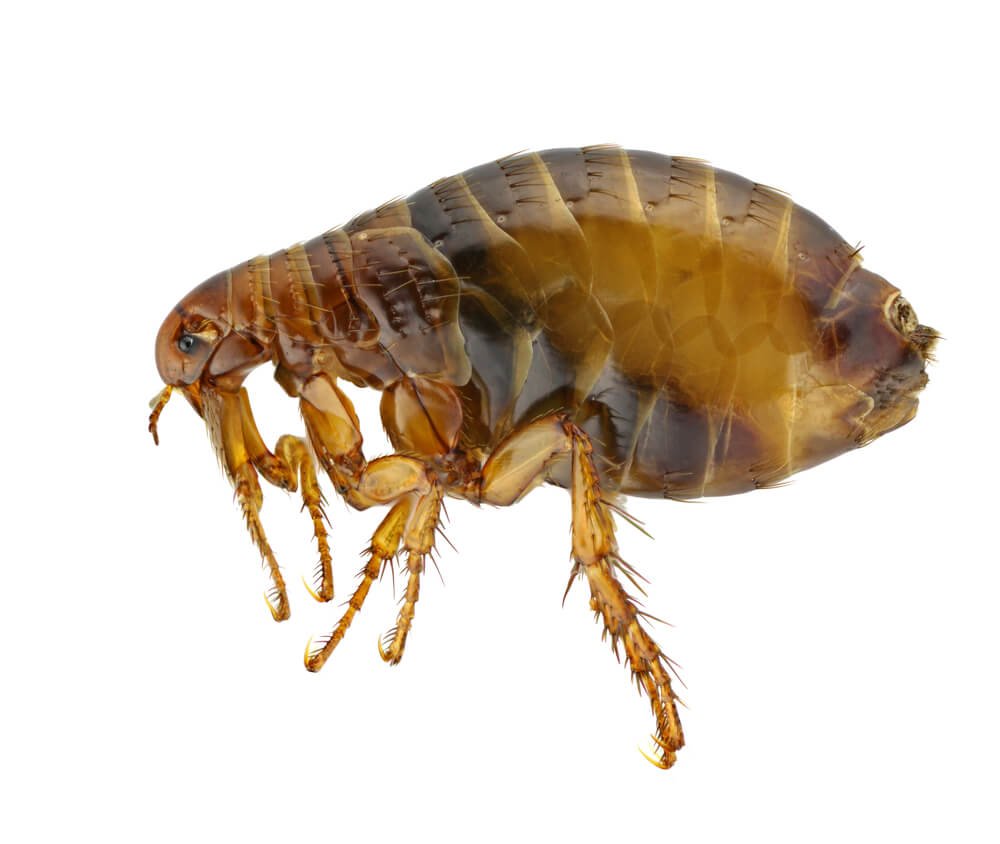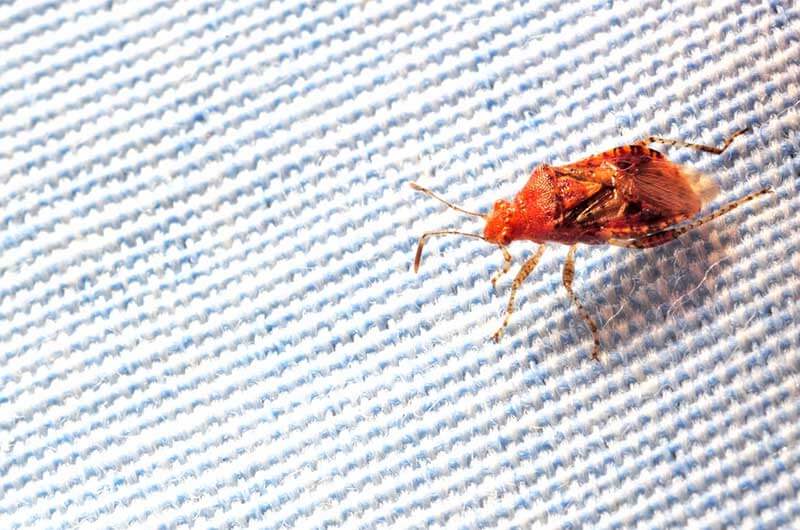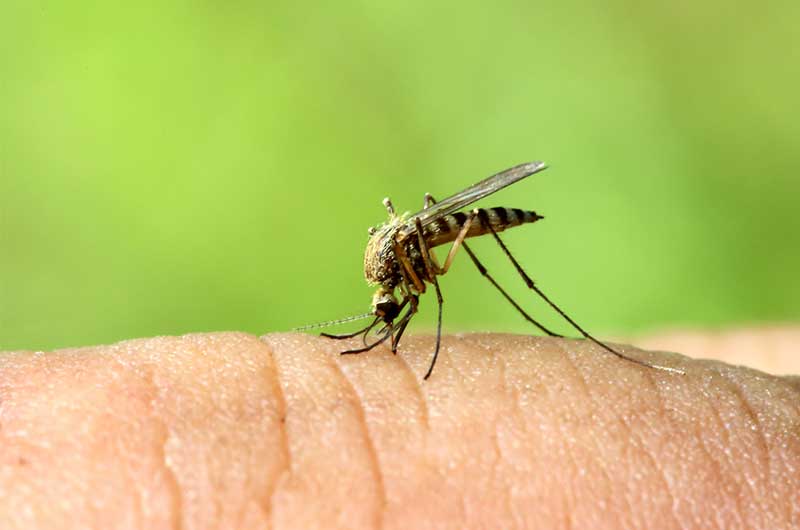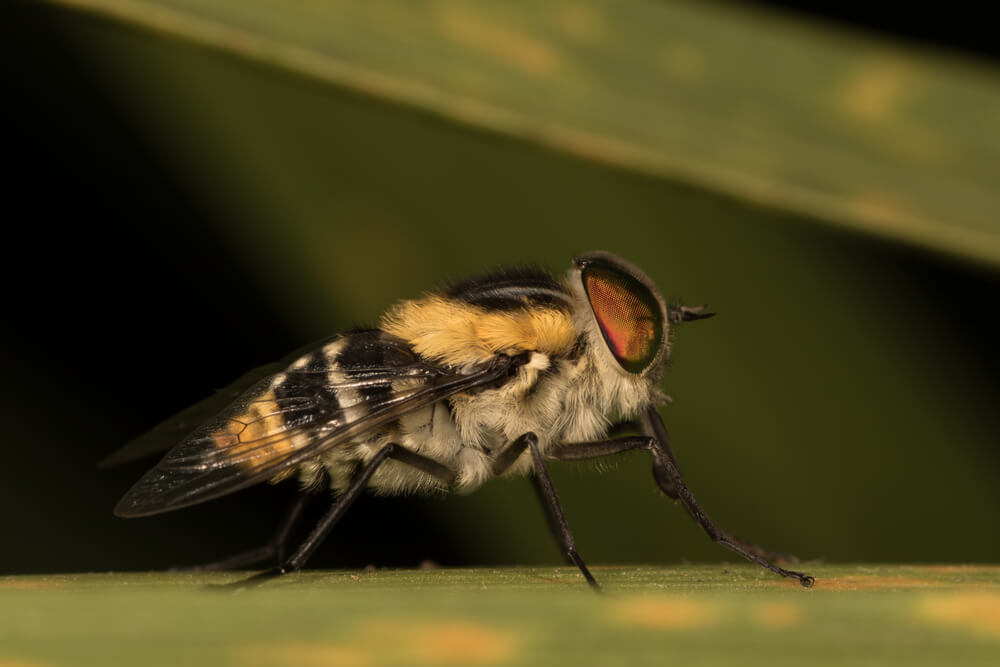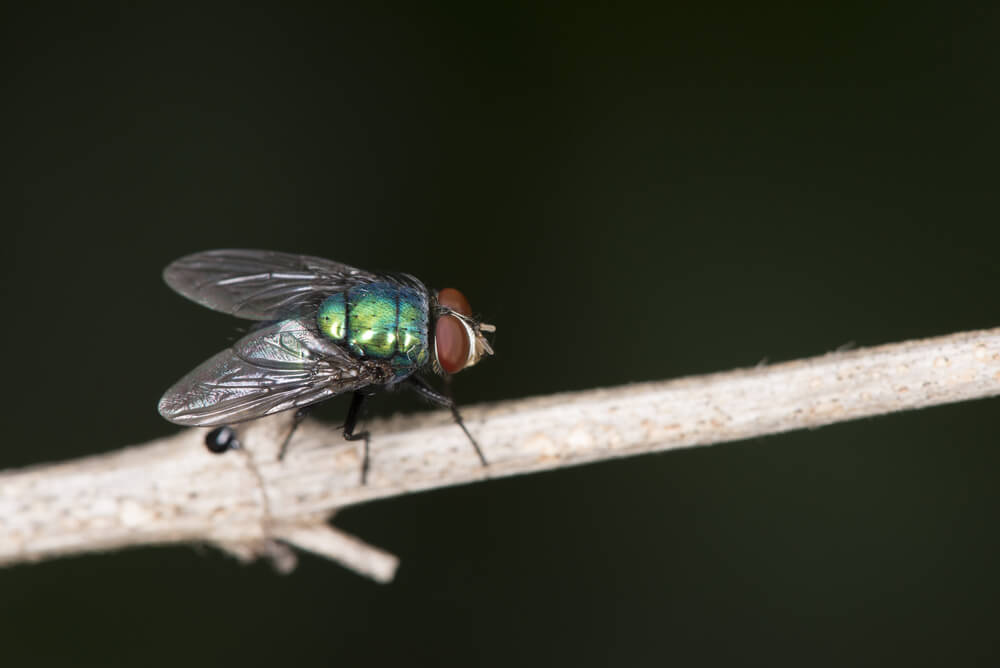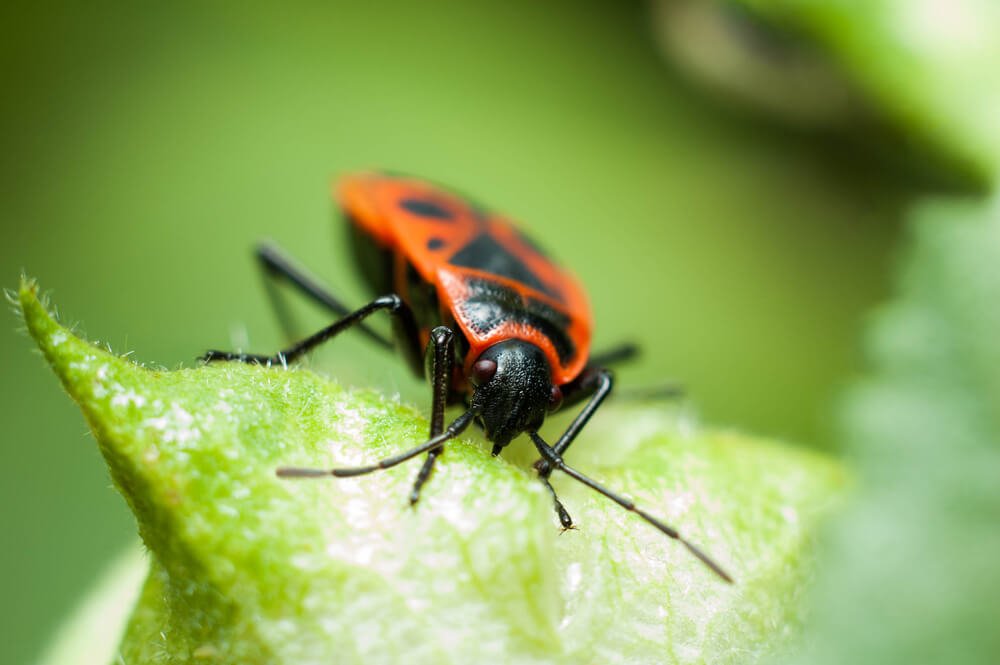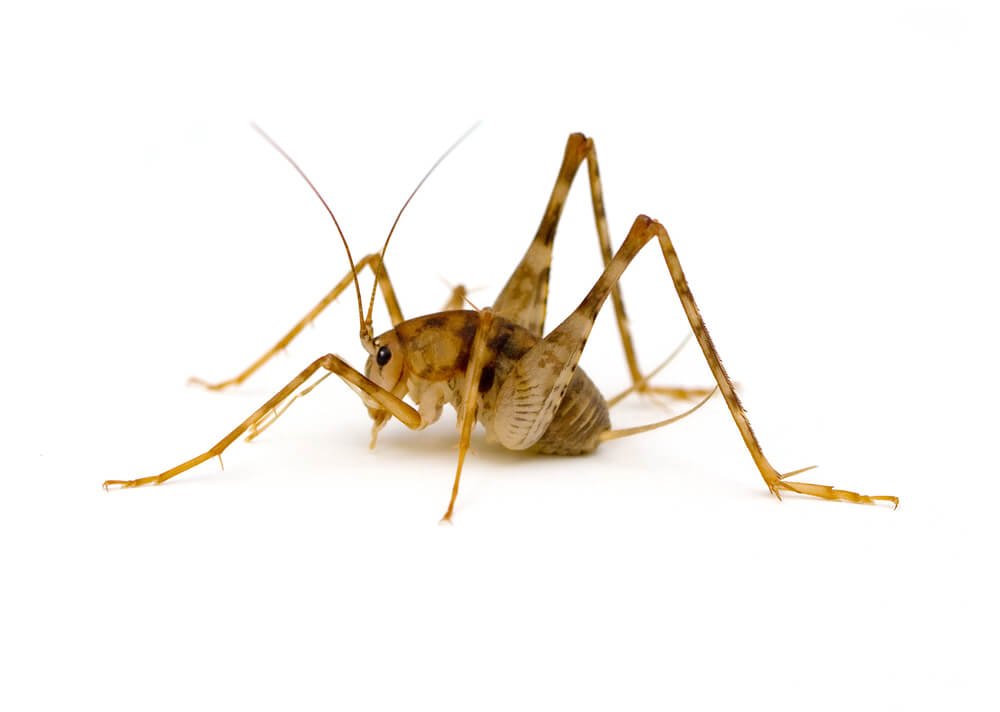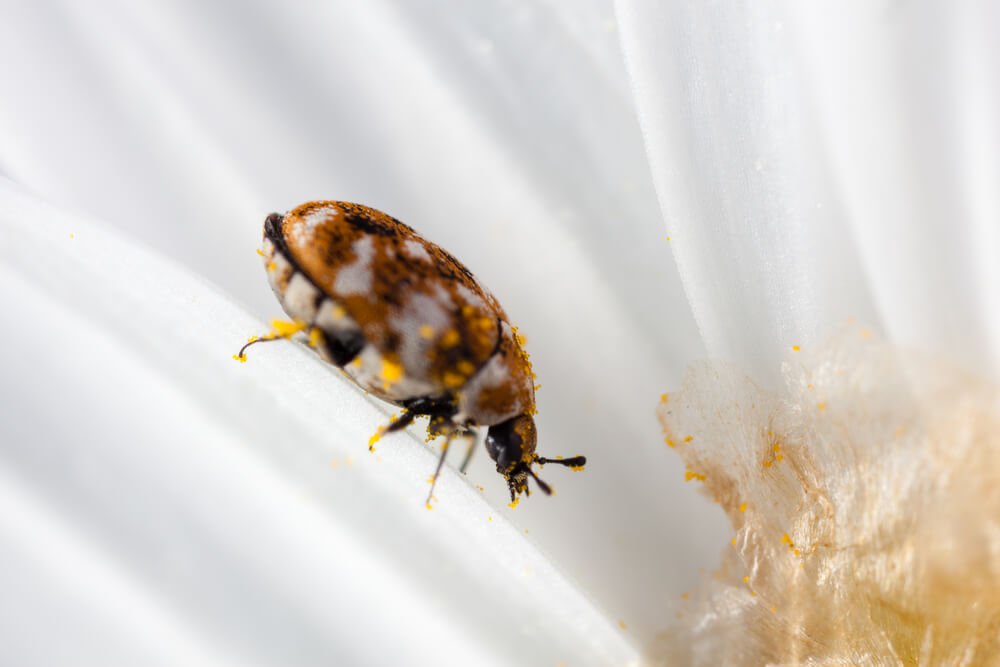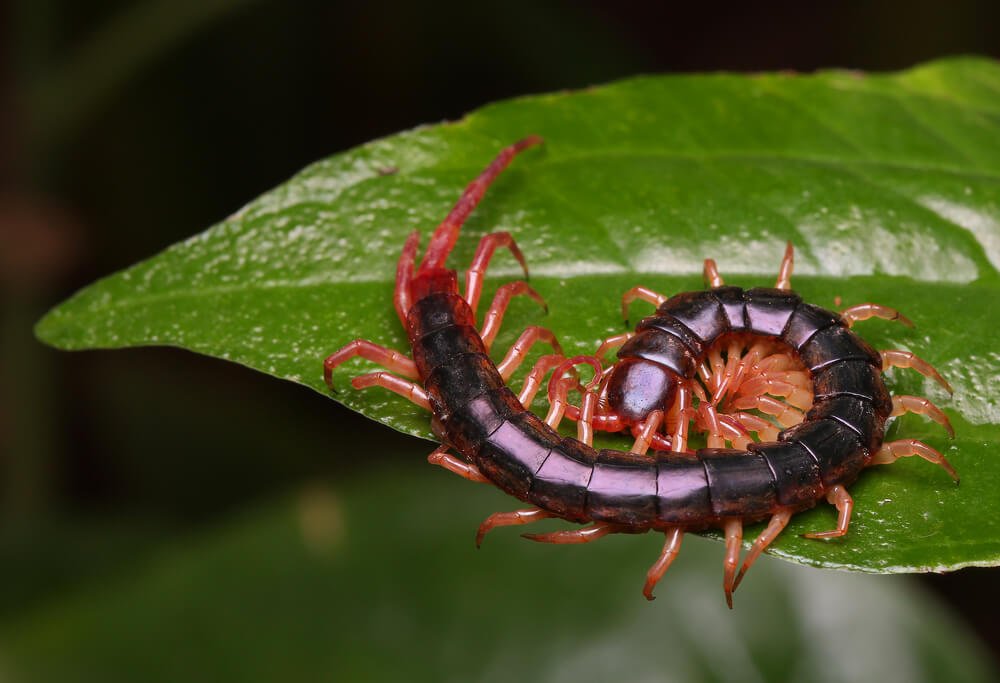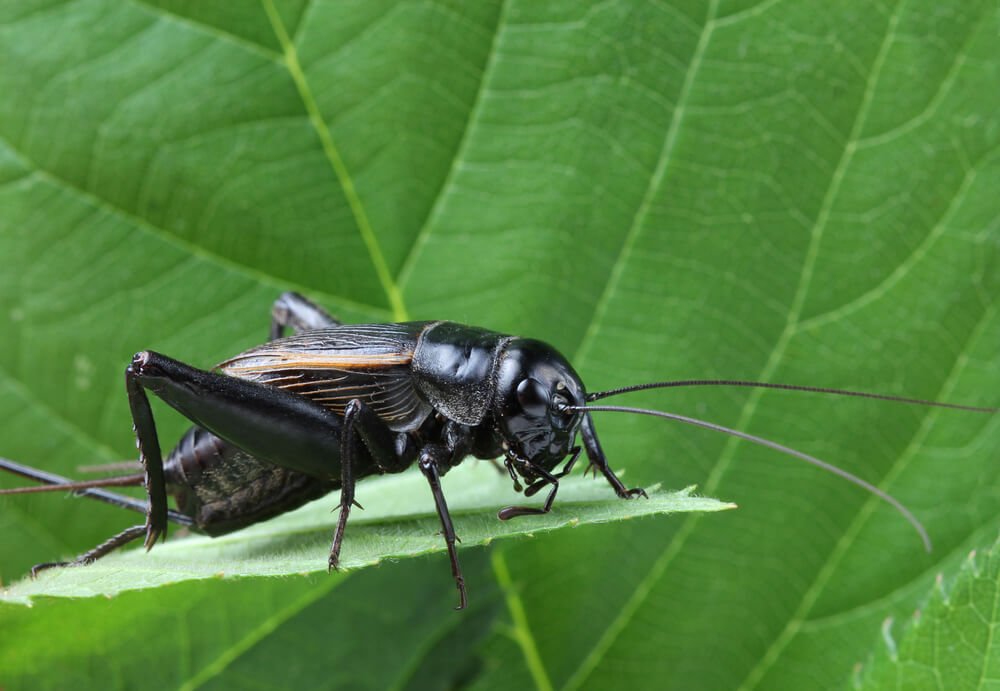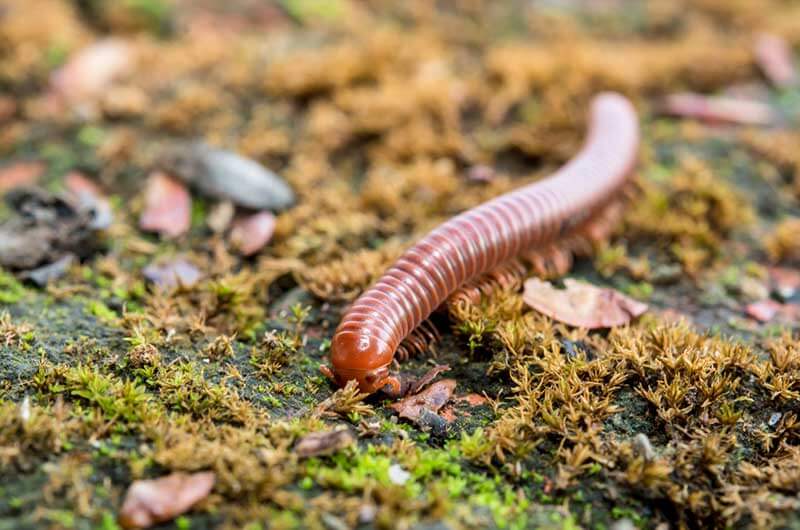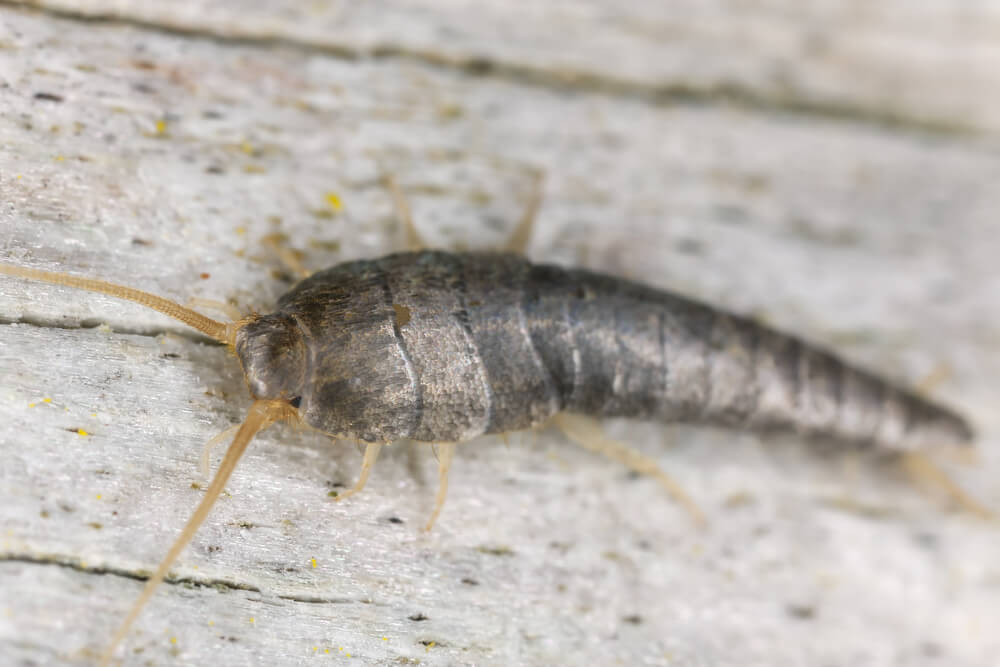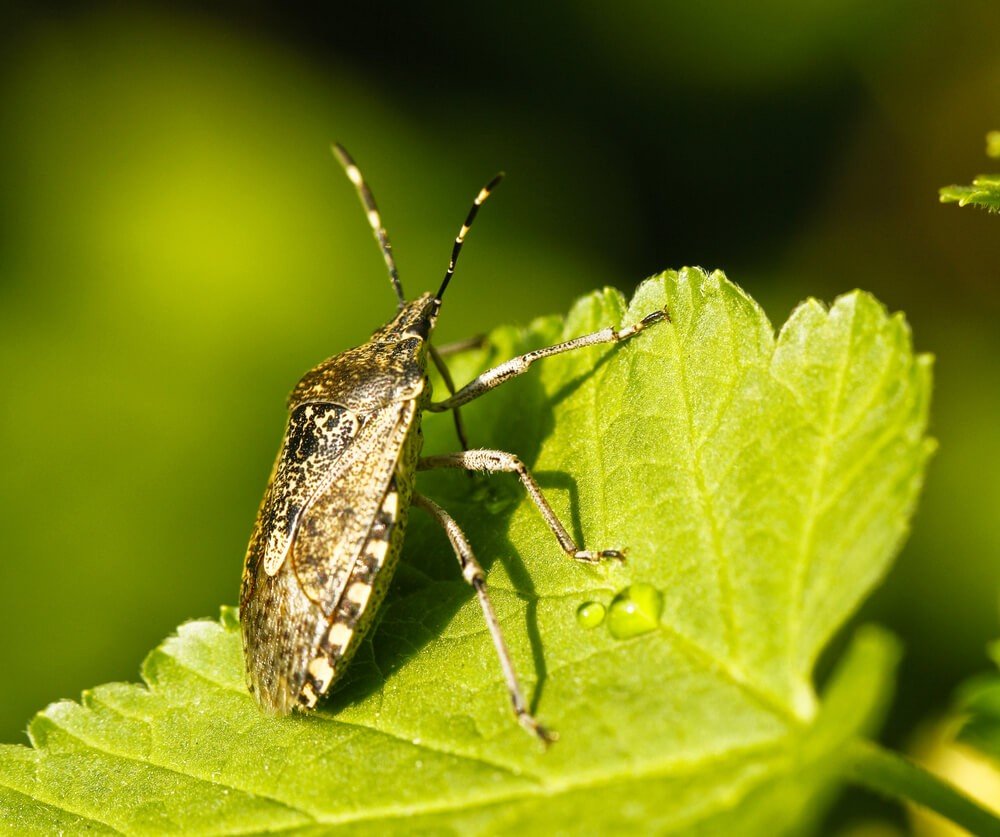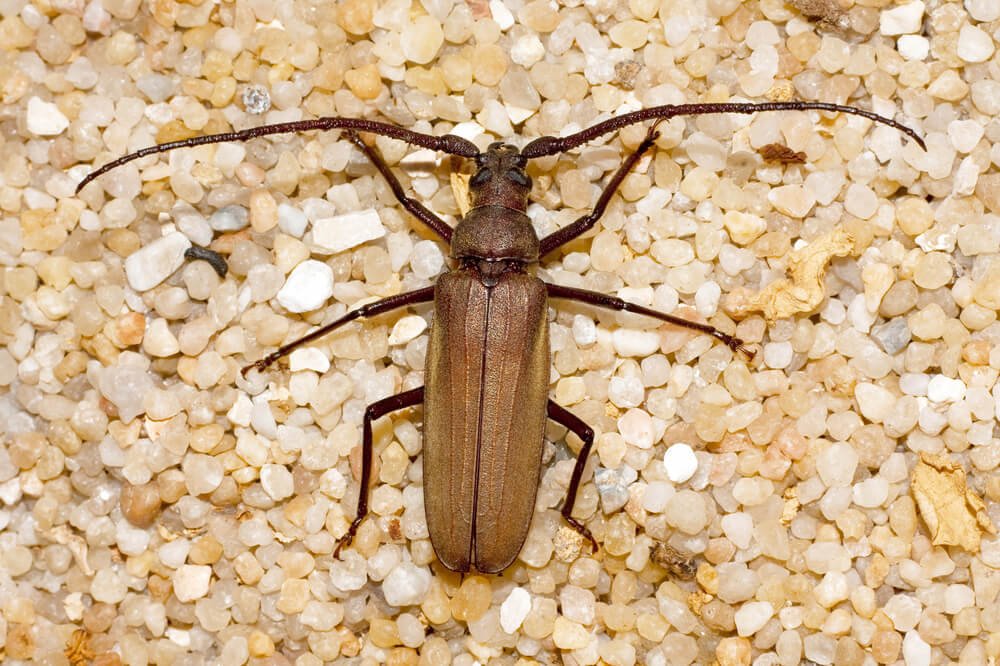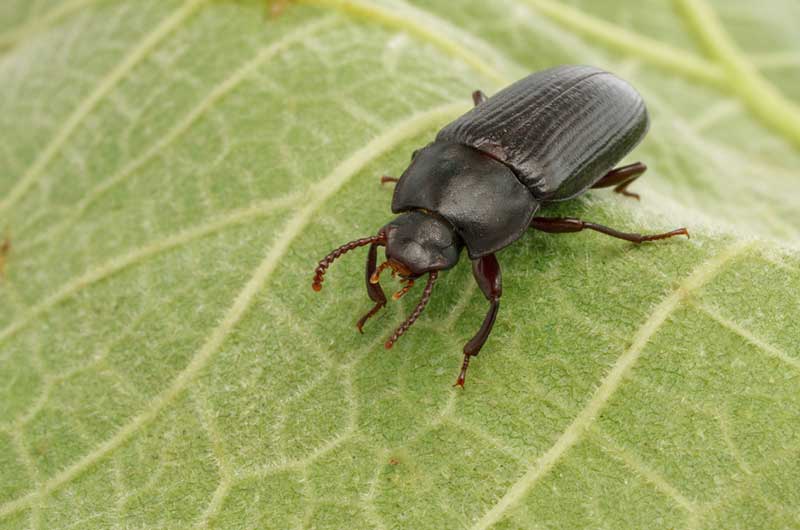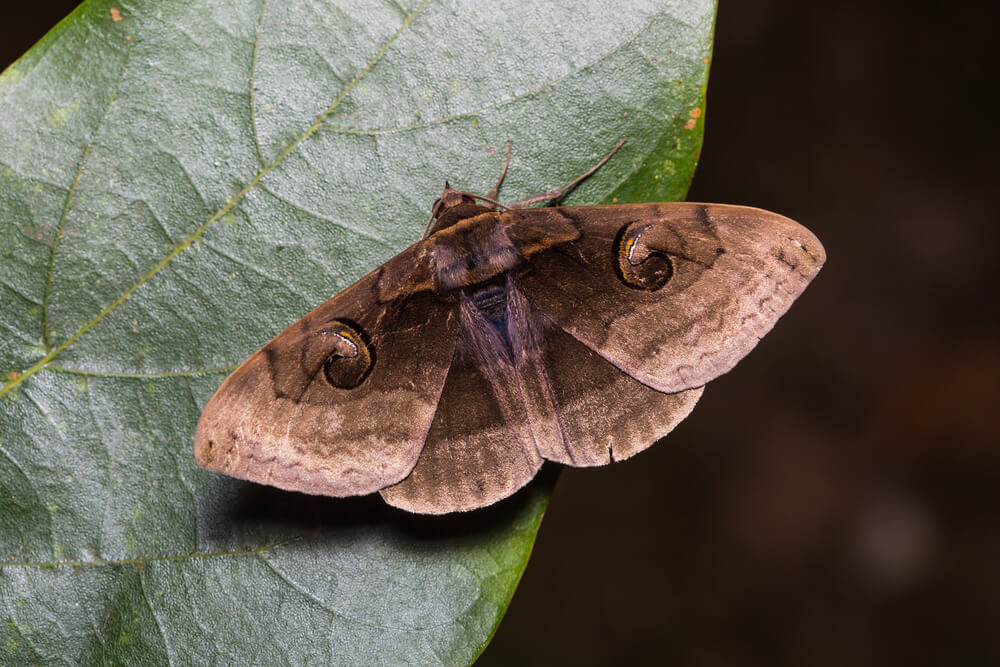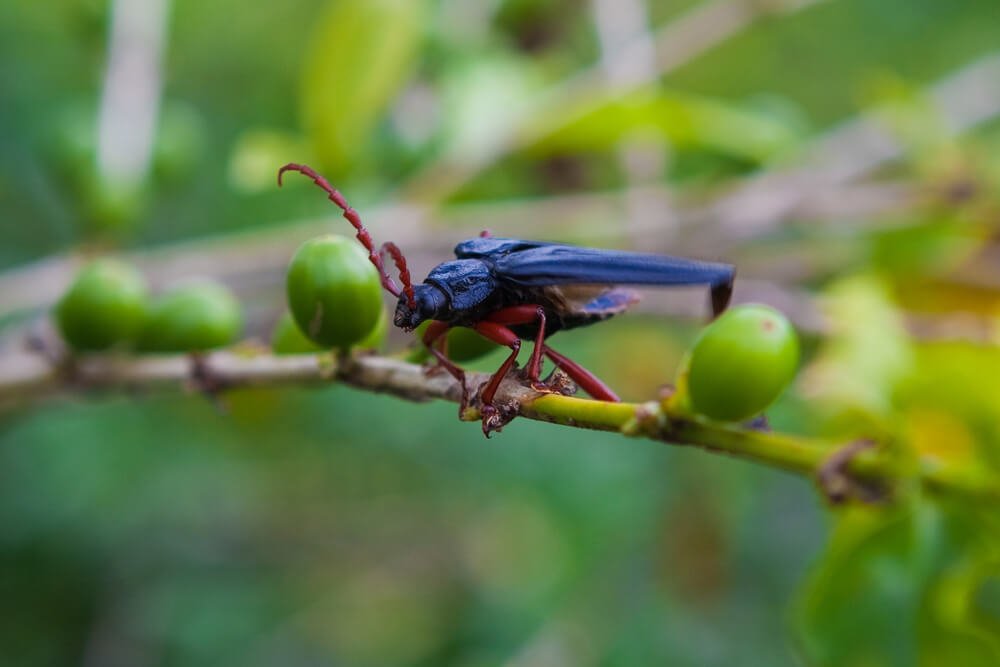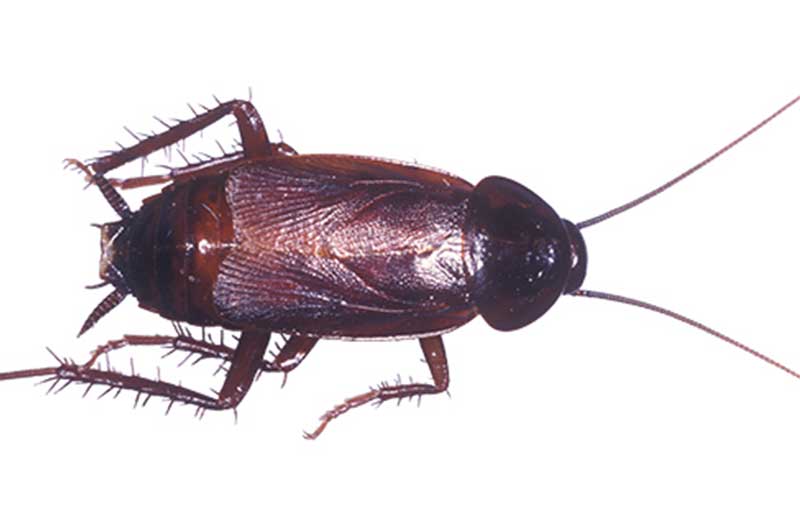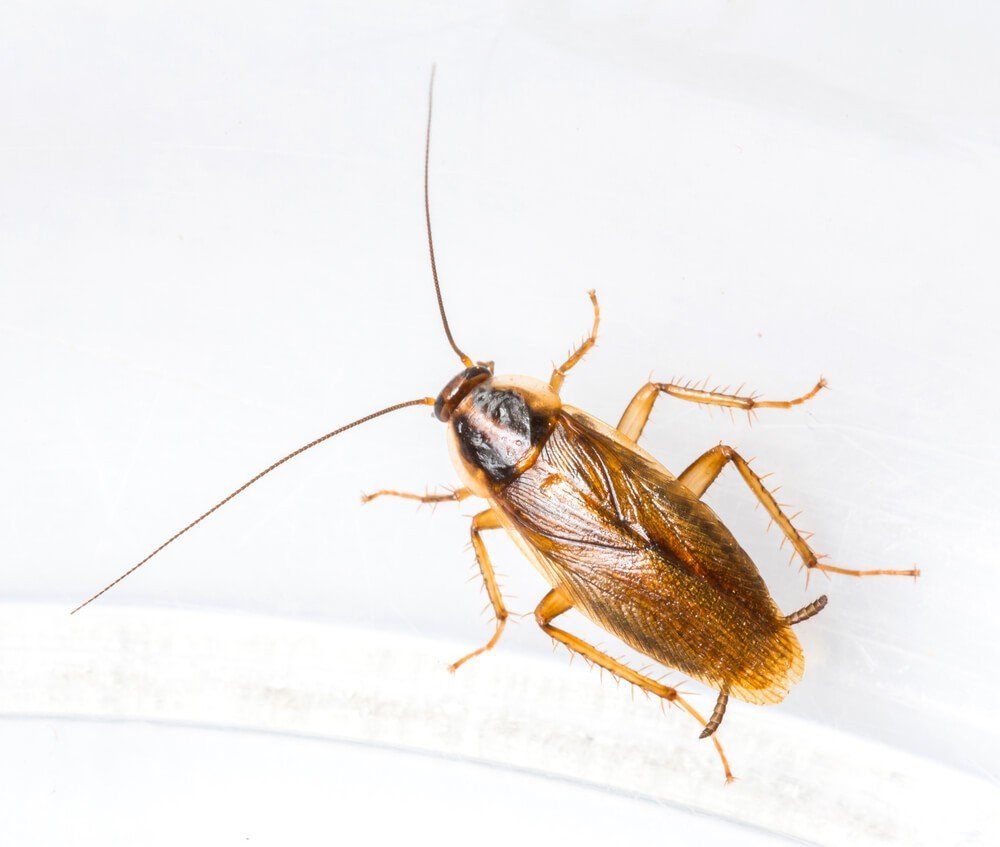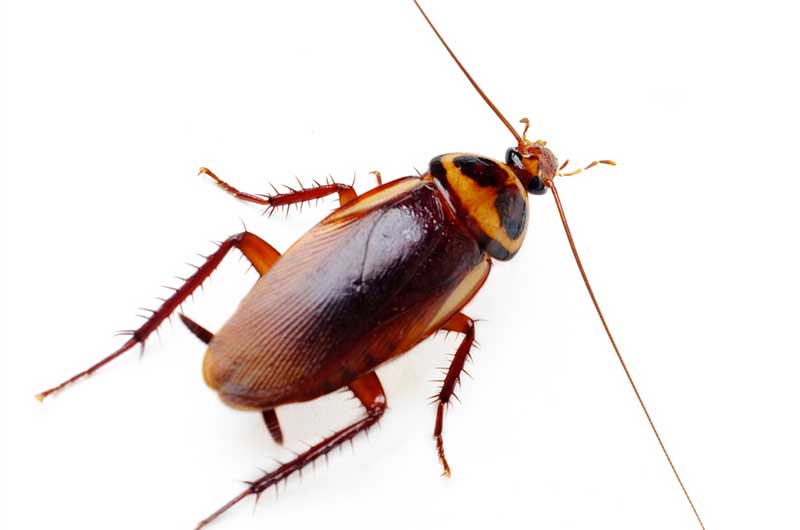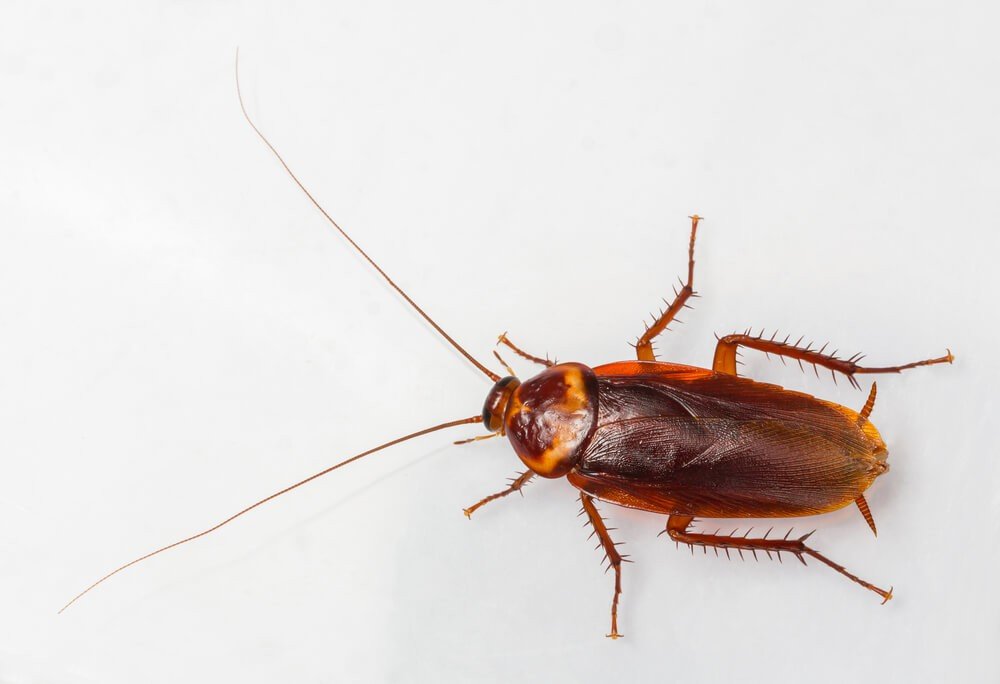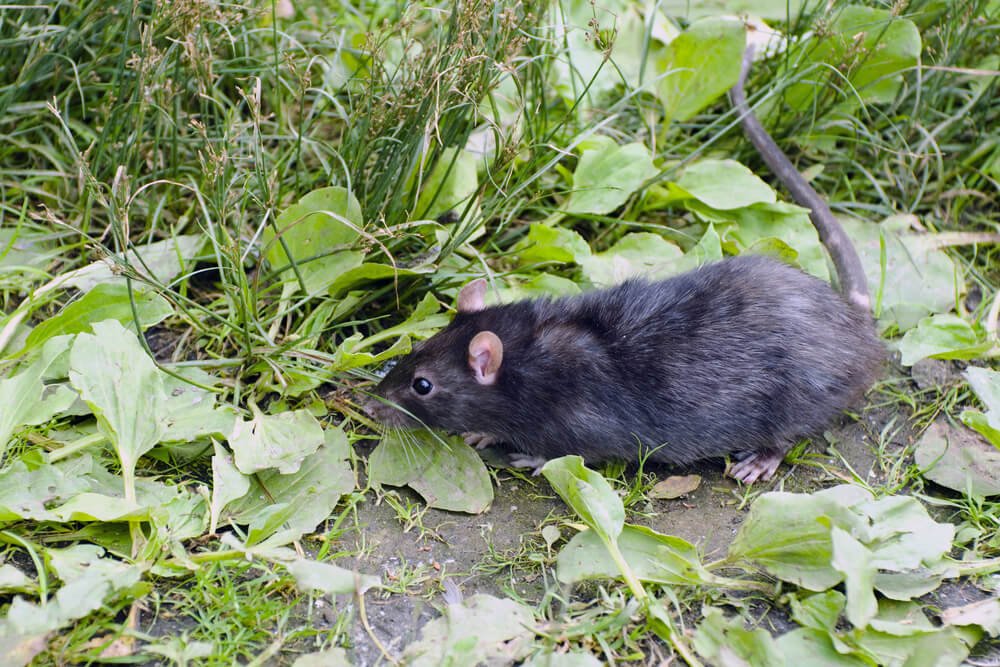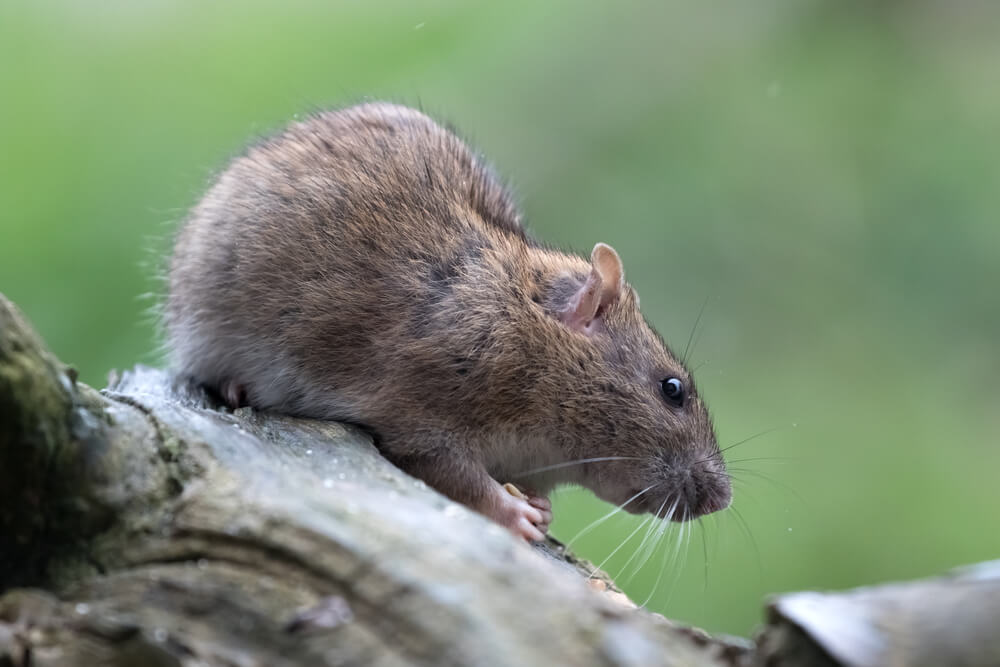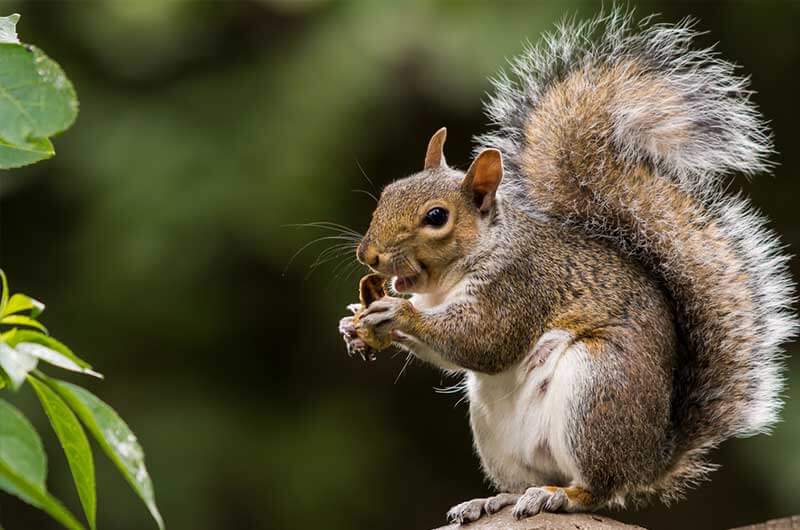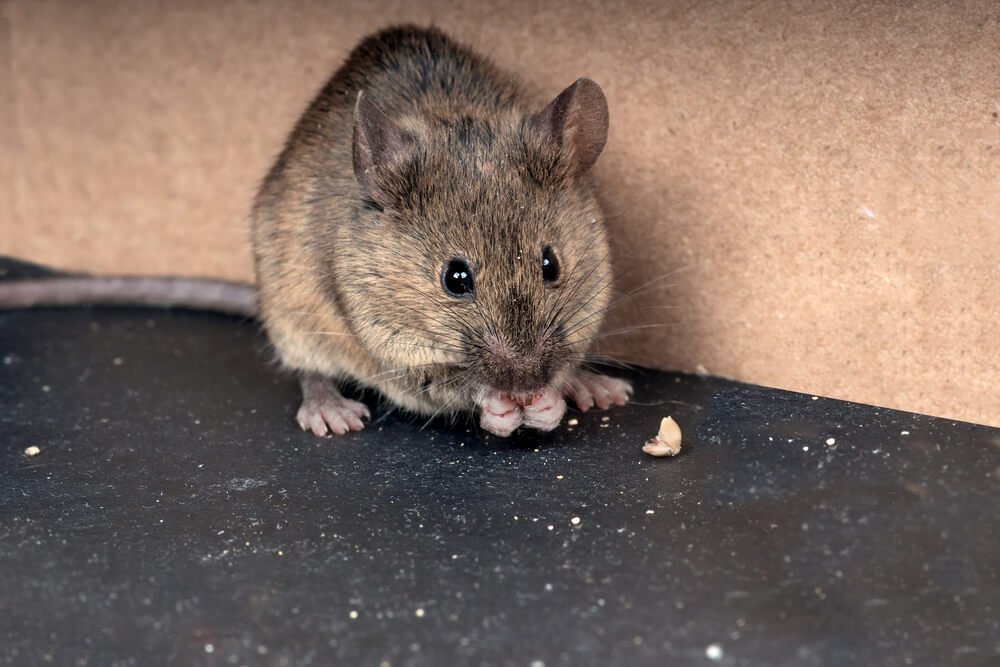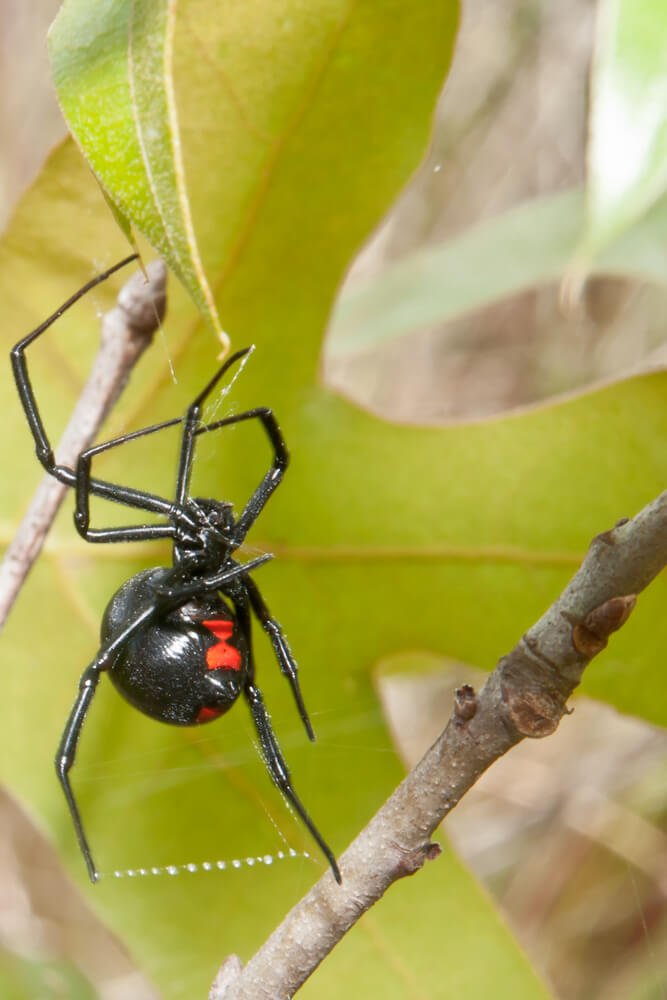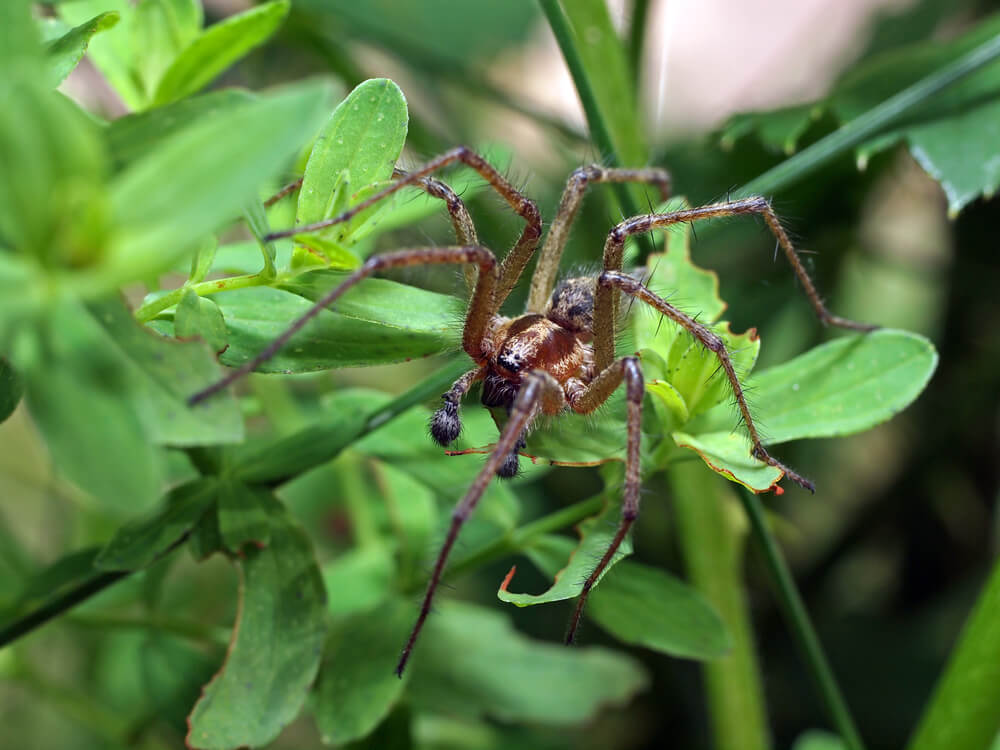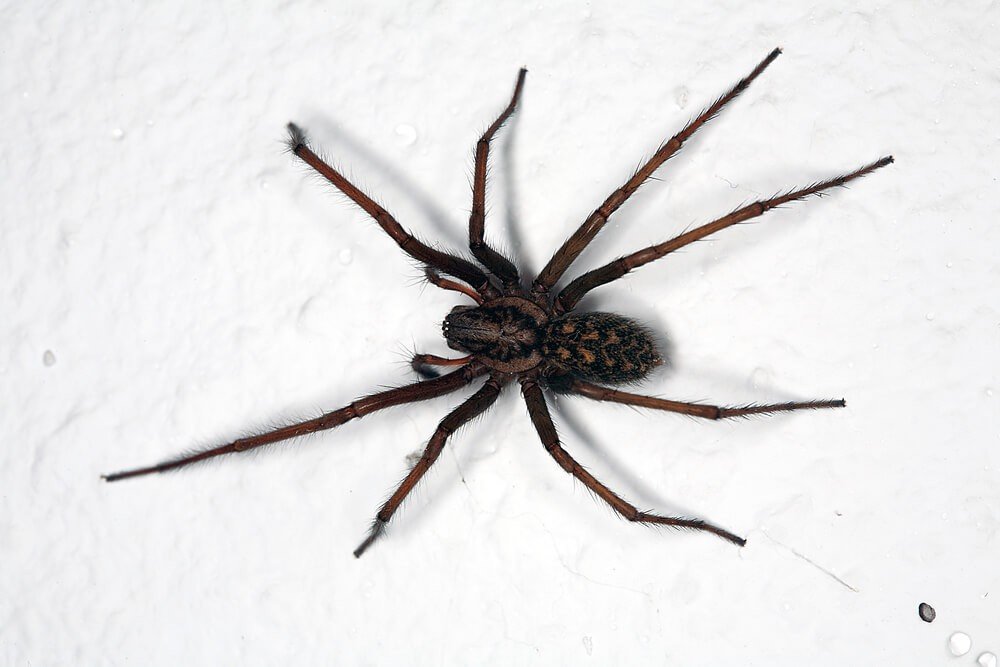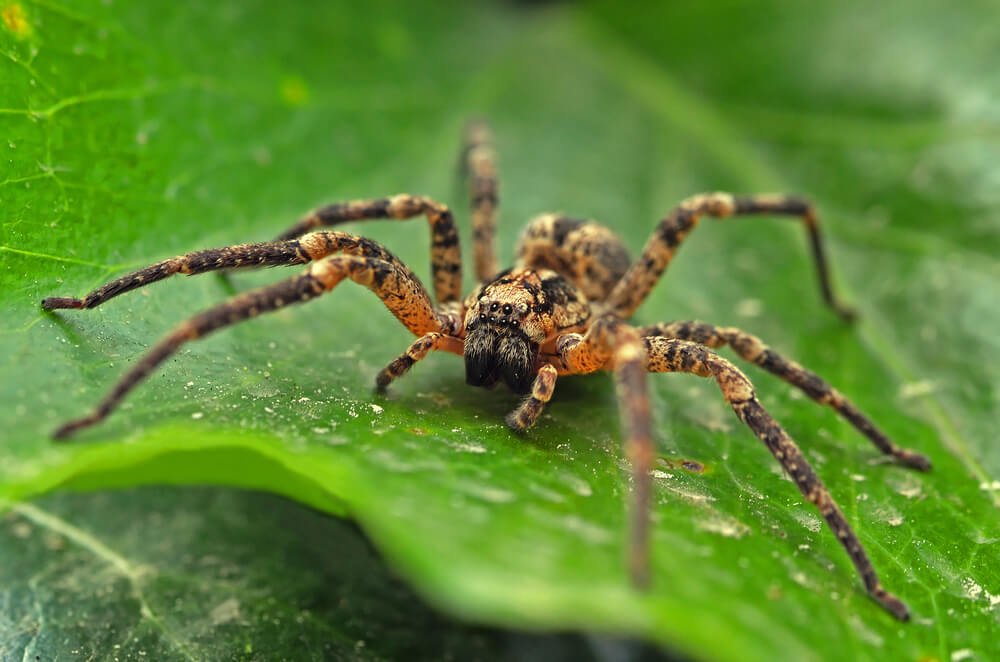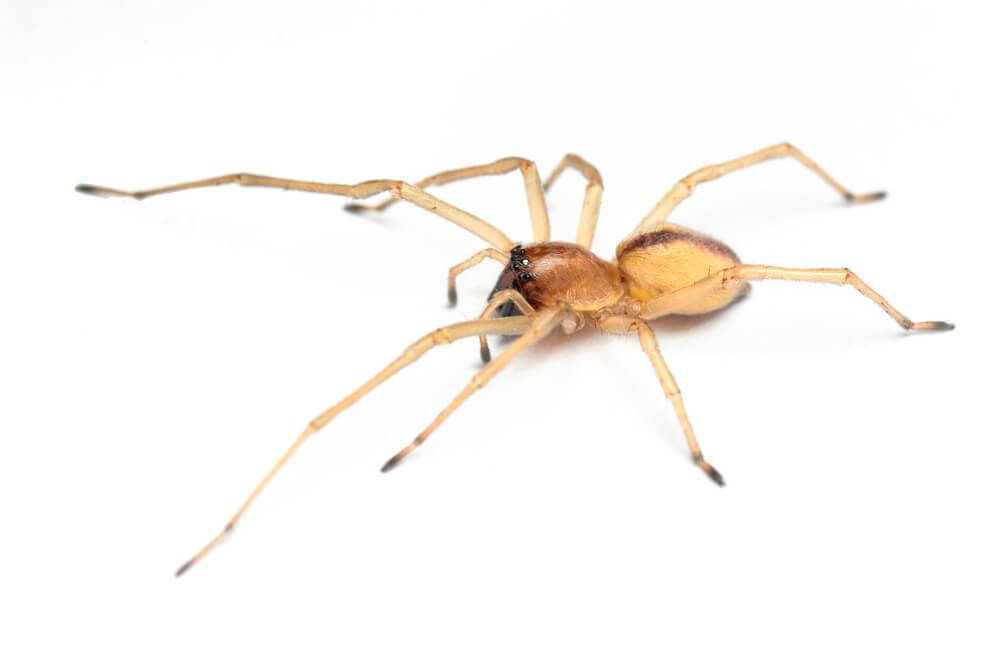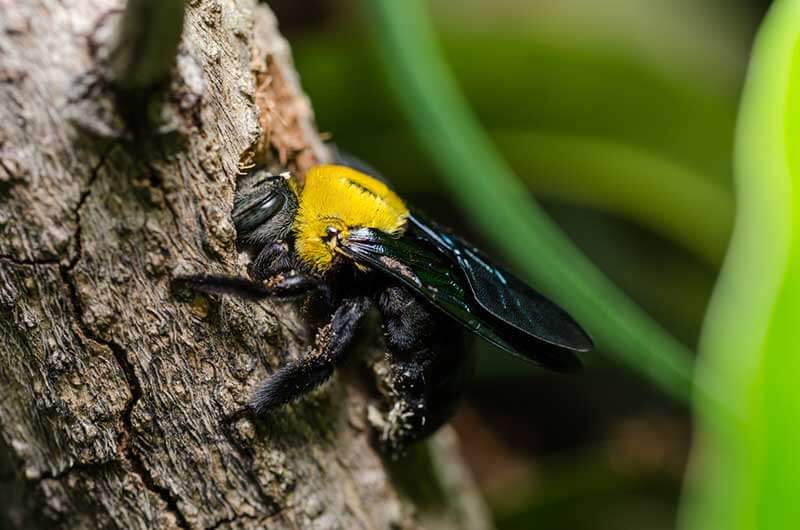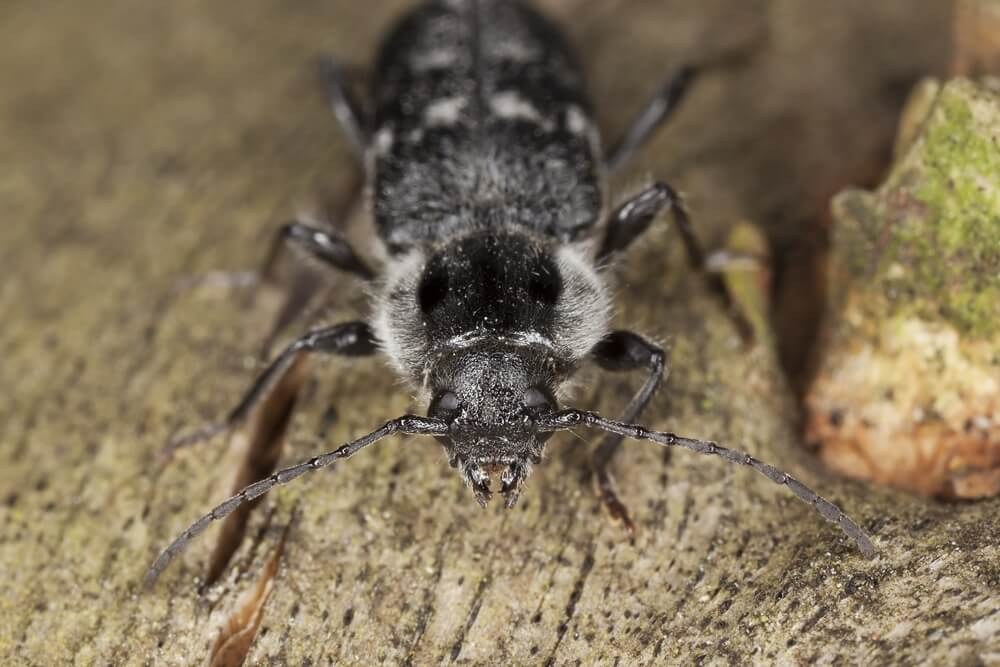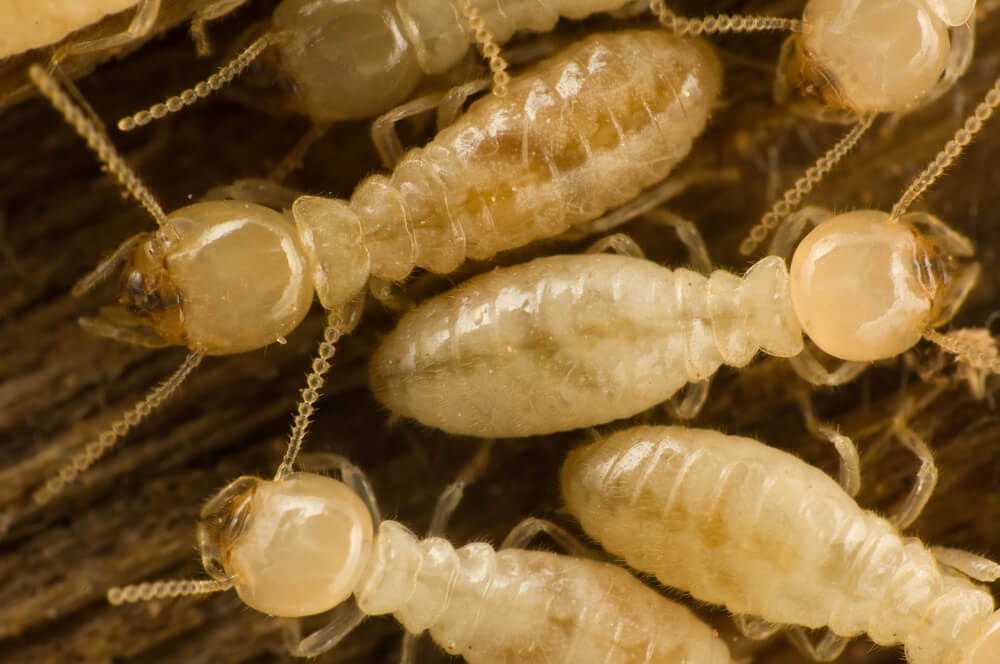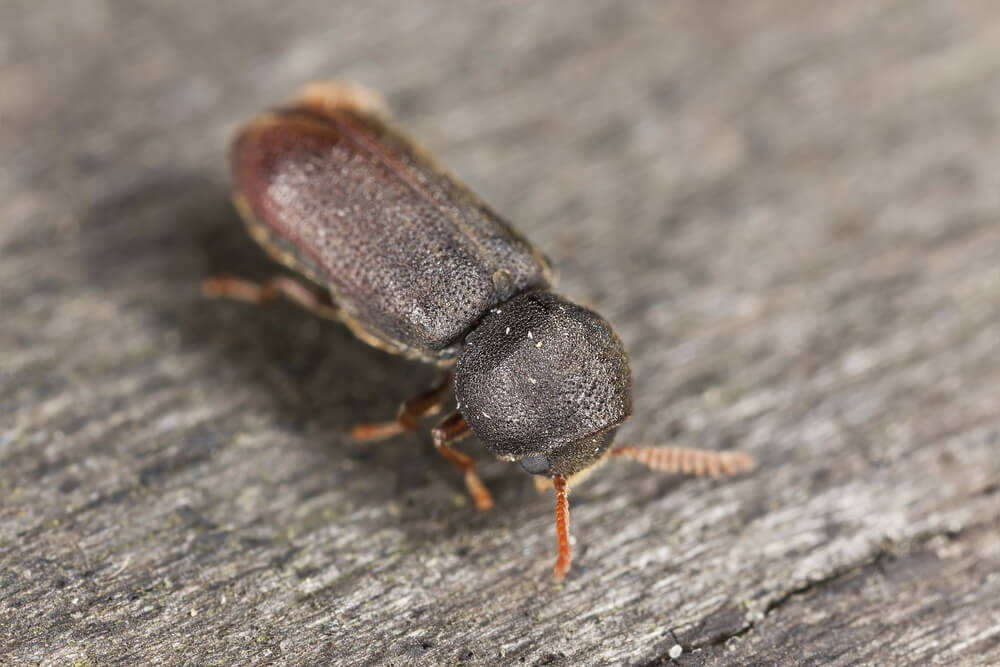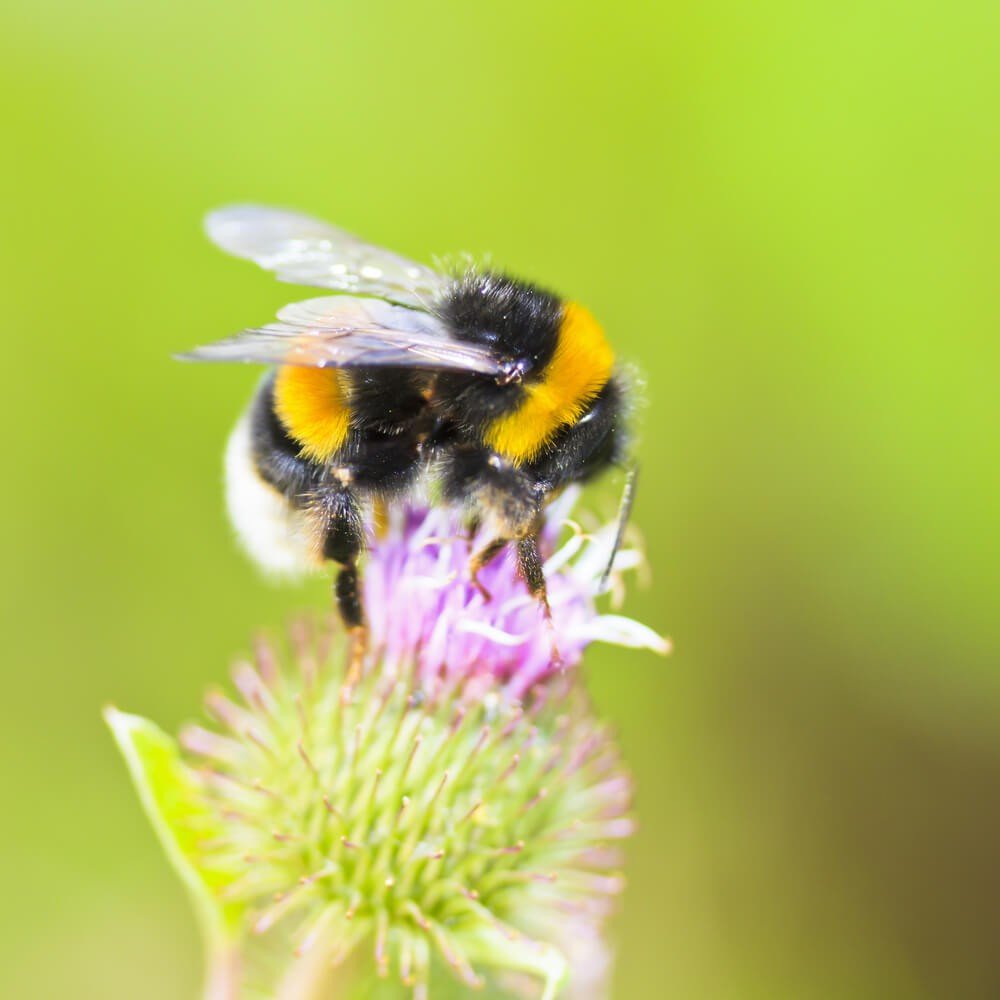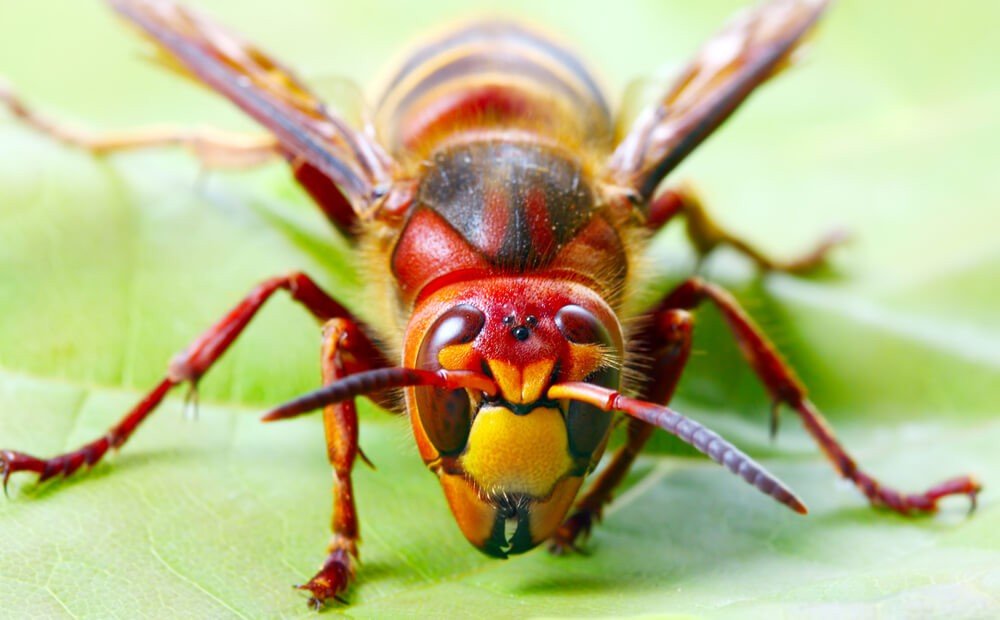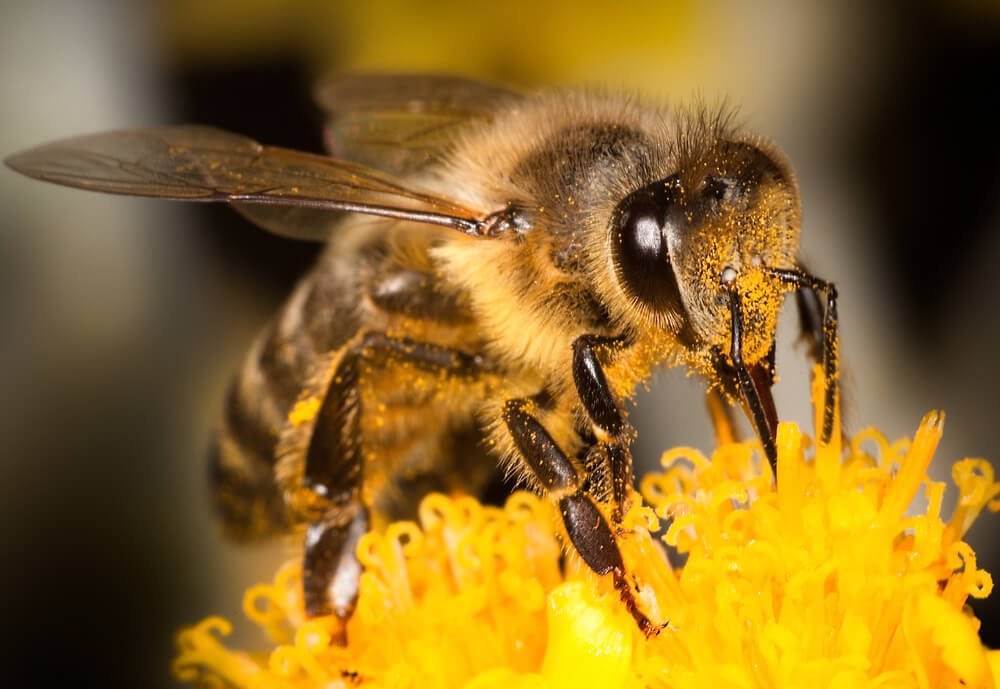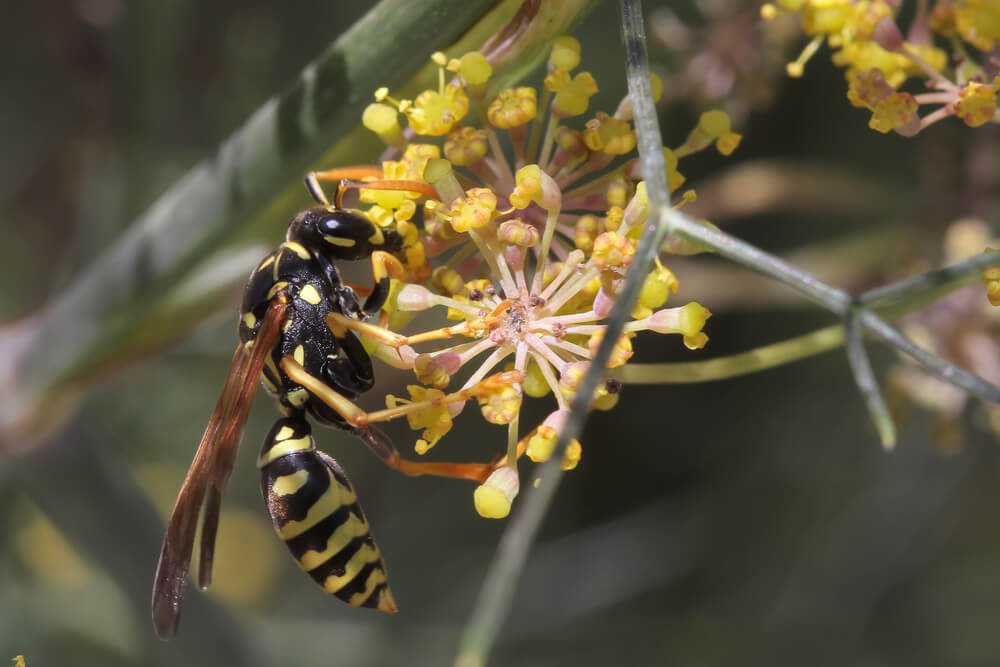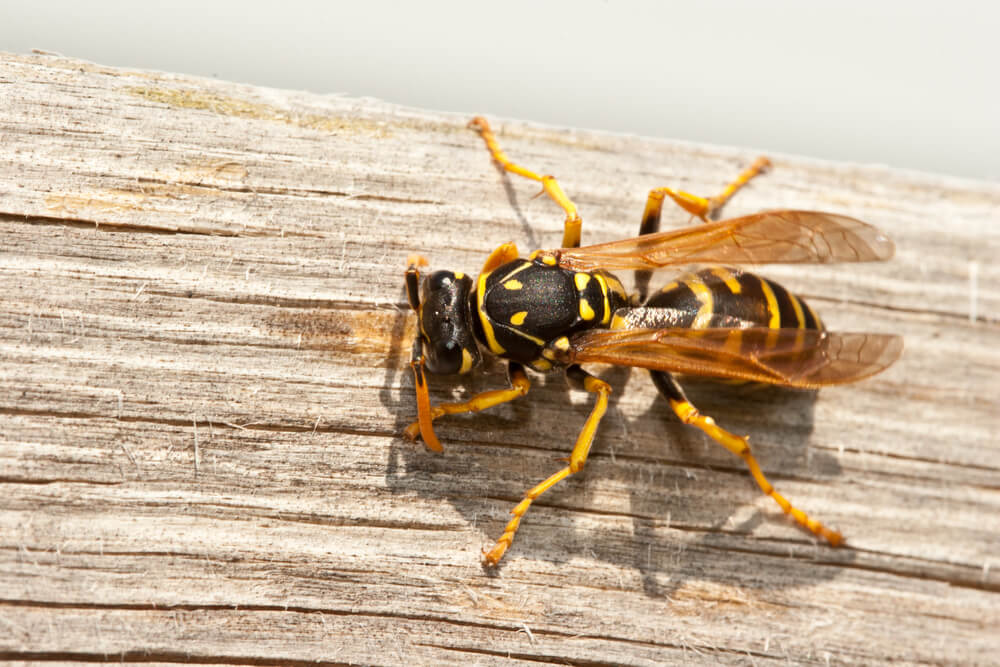Horntail Wasp
The horntail wasps get their name from the projection on the back of their abdomen. Many people think it is a stinger. Some people refer to these insects as wood wasps. This is because the larvae bore into wood. Adult horntails are large insects. Depending on the species, their size ranges between 12 to 40 mm. They are dark colored, usually brown or black. Some species have pale markings. Horntails do not bite or sting and are sometimes noisy when they fly.
They cause concern to homeowners when they appear 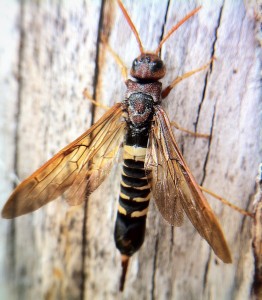 inside homes. They are brought into the home inside of wood that is used for structural lumber or other wood products. They are sometimes brought in inside of firewood that is stored in the home.
inside homes. They are brought into the home inside of wood that is used for structural lumber or other wood products. They are sometimes brought in inside of firewood that is stored in the home.
Female horntails deposit their eggs into the trunks of trees. Most species choose coniferous, softwood trees, but a few species choose broadleaf, hardwood trees. The trees are usually in decline from disease or attack from other insects. When the eggs hatch, the larvae burrow into the wood. The larvae of the horntail make tunnels in the wood. They pack the tunnels with droppings and wood shavings as they burrow. When the larvae are full grown, they burrow close to the surface of the wood. They make a silken cocoon inside the tunnel. The larva changes into an adult inside the tunnel. In the forest, horntails can complete the entire life cycle in a year or two. If the wood has been dried and made into lumber, the horntail life cycle can take as long as five years. When the adult comes out of the cocoon, it chews its way out of the wood. The adult makes a round hole in the surface of the wood. The exit holes are usually about ¼” in diameter.
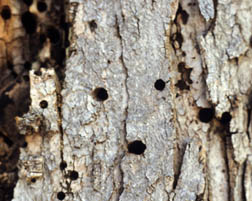 Exit Holes in Tree Trunks may be a sign of a horntail infestation
Exit Holes in Tree Trunks may be a sign of a horntail infestation
Adult horntails that emerge in the living space of a home can cause a disturbance. The exit holes can be unsightly, especially in wood that has been painted or stained.






